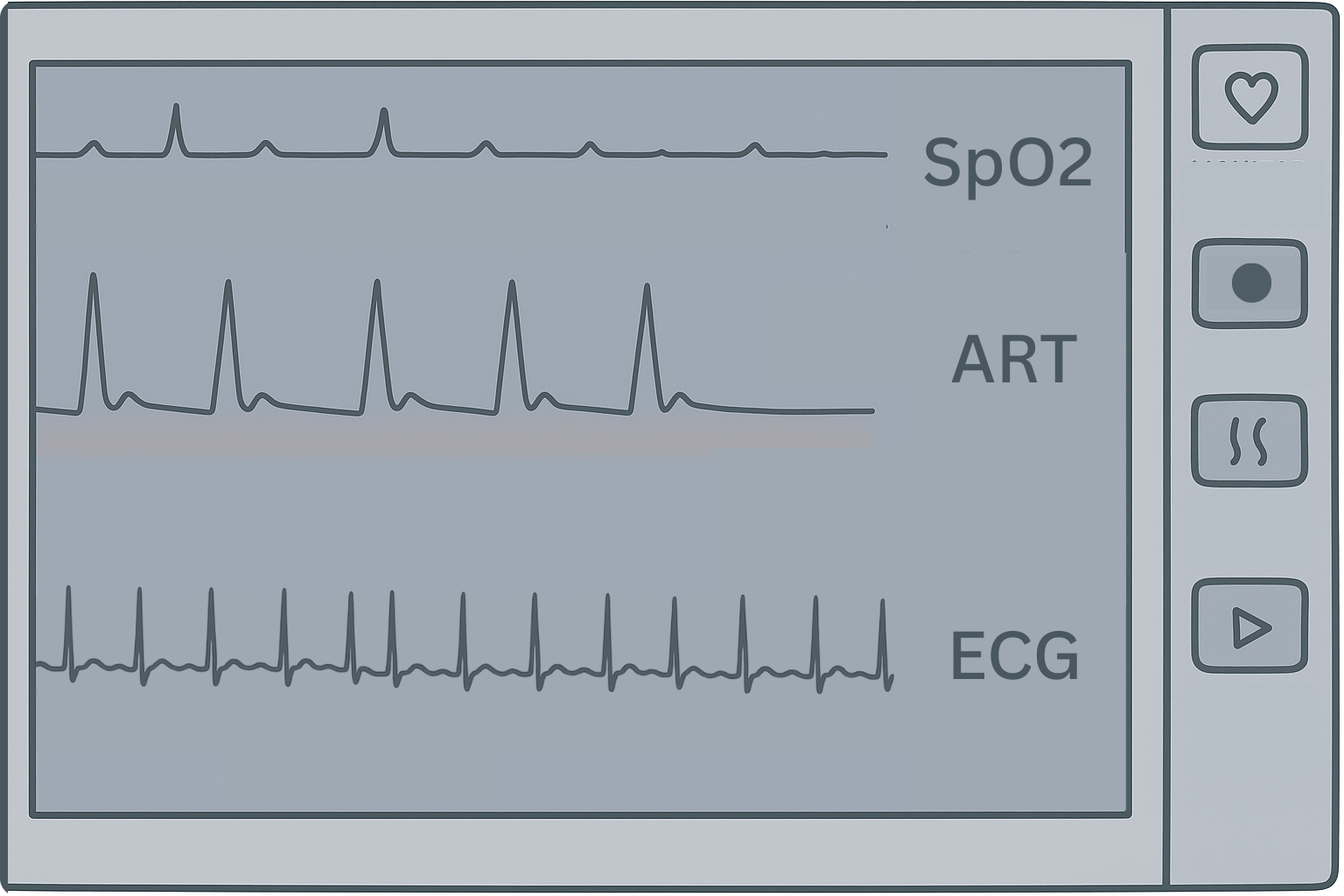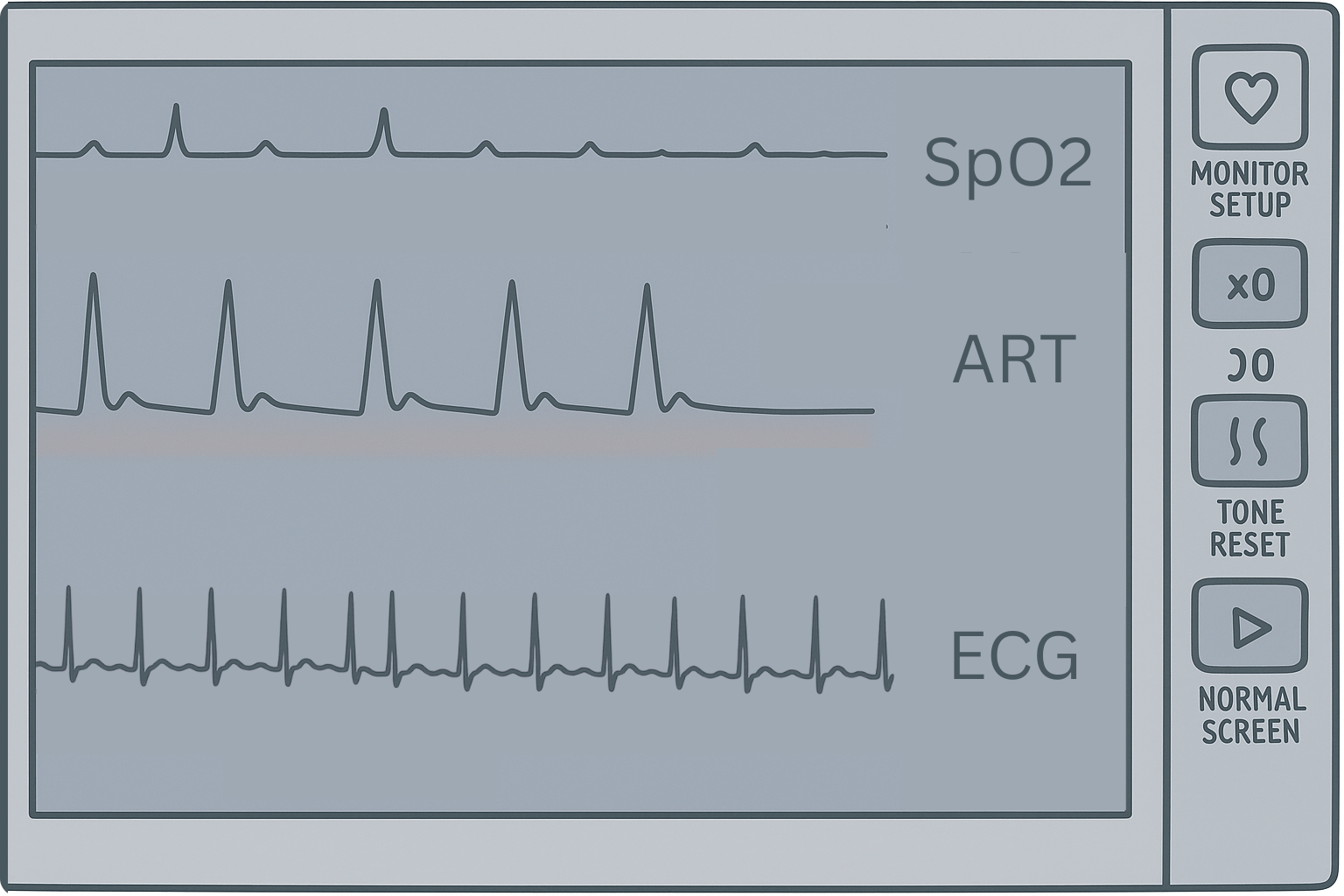Case Study: The Curious Case of the Mismatched Heart Rates
Welcome to the 14th edition of our biweekly newsletter! In this issue, we’re diving into a fascinating case study that highlights a common discrepancy and provides valuable insights for your daily practice.
Case Study: The Curious Case of the Mismatched Heart Rates
We recently received an intriguing case from a veterinarian. The patient was a 10-year-old, 19.3 kg mixed-breed dog presenting with clinical symptoms of syncope, increased respiratory rate, and ascites. A grade 3 heart murmur was noted. The veterinarian submitted an ECG to our platform, which generated a report with some surprising findings.
The CardioBird ECG report indicated a heart rate of 250 bpm, along with the presence of atrial fibrillation (AFib) with a possible right bundle branch block and a deep S wave (Fig. 1). However, the veterinarian noted a significant difference between this heart rate and the one they had measured using auscultation and a blood pressure monitor. This discrepancy sparked a great conversation with our cardiology team about the nuances of heart rate measurement.

Figure 1 – Abnormal ECG of the patient
Why the Discrepancy? Understanding the Science
Our cardiologists pointed out that auscultation, while a fundamental tool, may not always be a reliable method for measuring heart rate, especially in cases with high heart rates or complex arrhythmias like AFib or ventricular tachycardia (VT). In such conditions, some heartbeats may be too weak to generate a palpable pulse or a strong enough sound to be detected by the human ear. This phenomenon is known as a “pulse deficit.”

Figure 2 – example: disassociation between ECG and arterial pulse.
The same principle applies to blood pressure monitors, which rely on the arterial pulse to determine heart rate. Our cardiologists shared a compelling example image from a monitoring session (fig. 2), showing that the arterial waveform (measured by the blood pressure monitor) was not consistently associated with every electrical heartbeat shown on the ECG. This visual evidence clearly demonstrated that not every electrical impulse from the heart results in a strong enough contraction to create a detectable pulse wave in the arteries. This is a classic sign of a pulse deficit, which is common in conditions like severe AFib.
In this specific case, the dog’s high heart rate and AFib likely led to an incomplete ventricular filling, resulting in some beats being too weak to produce a peripheral pulse. The CardioBird ECG, which measures the heart’s electrical activity directly, captured every single electrical depolarization, thus providing a more accurate and higher heart rate measurement.
Best Practices for Your Clinic
So, what can we learn from this case?
- Trust the ECG for True Heart Rate: The ECG remains the gold standard for accurately measuring a patient’s electrical heart rate, especially in the presence of arrhythmias. For cases with complex cardiac conditions, the electrical heart rate from an ECG provides the most reliable information about the actual rate of cardiac depolarization.
- Auscultation and Pulse Checks are Still Valuable: Auscultation and palpating for a pulse are still critical for identifying the functional heart rate—the rate at which the heart is effectively pumping blood. The difference between the heart rate from the ECG and the functional heart rate (from auscultation or a pulse oximeter) is a key diagnostic clue for conditions like AFib, indicating a pulse deficit.
- Integrate Your Tools: For a complete picture of a patient’s cardiovascular status, use all your diagnostic tools in combination. A high electrical heart rate on the ECG combined with a lower rate from auscultation should alert you to the possibility of a pulse deficit and a more significant underlying cardiac issue.
This case serves as a powerful reminder that while technology can sometimes present seemingly contradictory information, understanding the underlying physiological principles allows us to use these tools to their full potential for our patients’ well-being.


